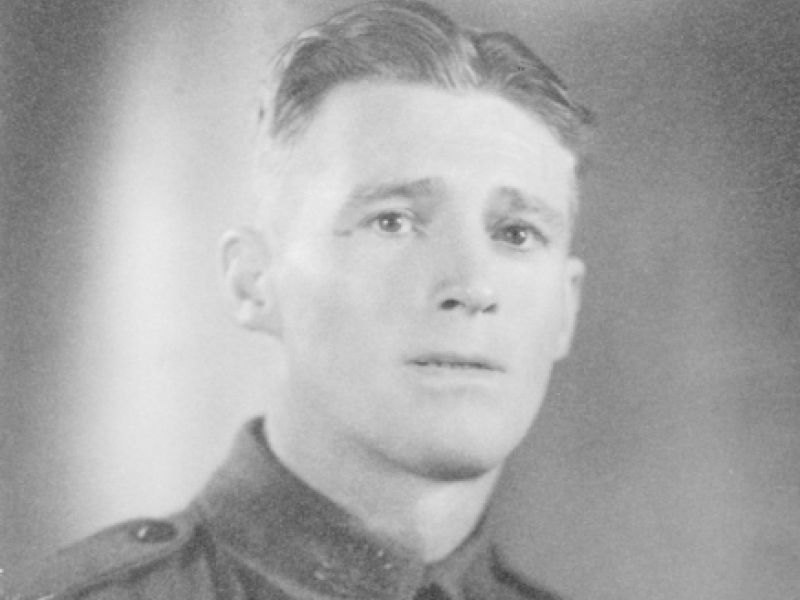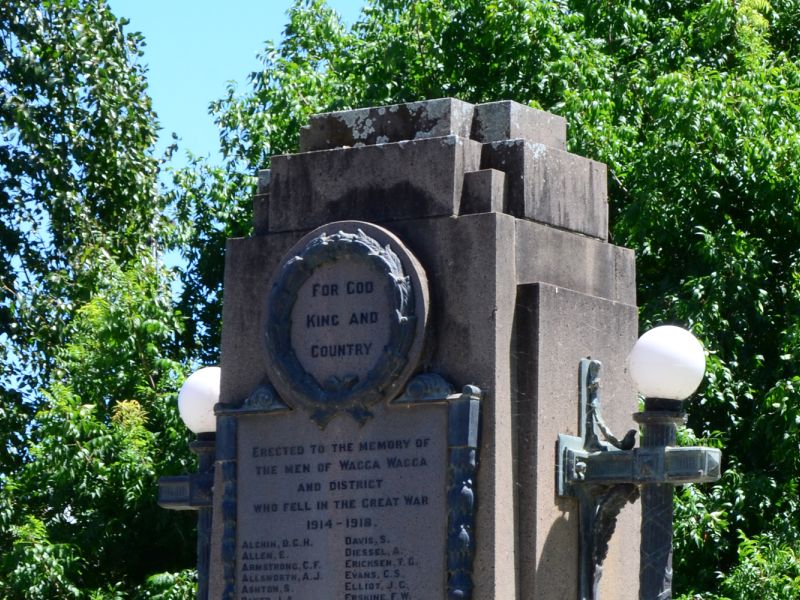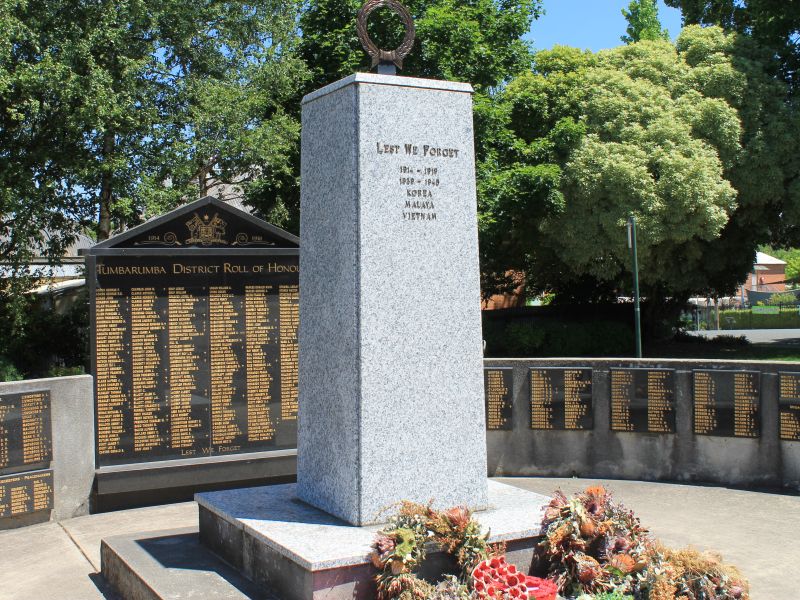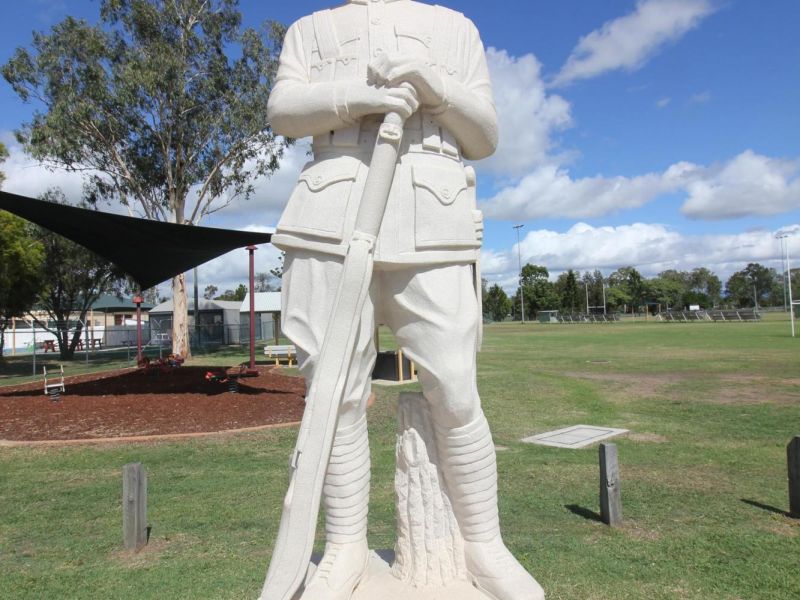Richard Alexander Matheson
Richard Alexander Matheson was born at Tumbarumba, NSW on the 16th of July 1911, the third of six children to Thomas and Elizabeth (nẽe Portors) Matheson.
Richard enlisted on the 20th of June 1940 at Wagga Wagga. Three of his brothers, George, William, and Thomas would also enlist. William would be killed in action on the 20th of January 1942 in Malaya, whilst his youngest brother Thomas would become a prisoner of war of the Japanese.
Richard would list his sister Amy as his next of kin due to the death of his mother in 1919 and his father in 1928. He would be allocated the Army Number NX35985 and become a member of the 2/3rd Pioneer Battalion. His initial training would take place in Cowra, NSW.
In the middle of March 1941, the battalion became attached to elements of the 7th Division and moved to Darwin, via road and railway. They finally arrived at Winnellie, seven miles from Darwin, where they commenced to clear land and construct a camp. The battalion would remain here until early October when they transferred to Ingleburn, the army’s major training facility in NSW. It was on the first day of November 1941, that the battalion embarked on the Cunard White Star Liner, the Queen Mary. During the war, the Queen Mary was designated HT ‘KK’. The following day HT ‘KK’ departed Sydney Harbor escorted by HMAS Canberra. At Jervis Bay, the convoy was completed by the addition of HT ‘LL’, none other than RMS Queen Elizabeth. The 2/3rd Pioneer Battalion was sailing to war in style!
The voyage took the convoy to Fremantle, Trincomalee (Ceylon, now Sri Lanka), finally arriving at Port Tufik in Egypt on the 22nd of November. The following few months would see the battalion undergoing further training at the Qastina Camp in Palestine. Over the coming year, the battalion would be employed in duties in both Syria (where they became attached to the 9th Division) and Egypt, before finally moving to El Alamein where they were not only involved in the construction of defences but also in active patrolling and maintaining a presence on the front line. During this time, Richard was promoted to acting Corporal.
On the 23rd of October, 1942, Allied forces began a major offensive against the Germans and Italians in western Egypt, near the railway terminal at El Alamein. The offensive involved over 220,000 men of the Eighth Army, which included the 9th Australian Division. On the 30th of October, the battalion was instructed to support the 2/32nd, 2/24th, and 2/48th Battalions if any of these units were not successful in achieving their objectives. If they were, then it was the battalion's objective to capture an area between the main coastal road and the ocean. During this offensive, the 2/3rd Pioneer Battalion lost 20 killed, 4 died of wounds, 3 taken POW, 41 missing in action and 89 wounded in action. One of those killed in action was Richard. He was buried in the El Alamein War Cemetery in Egypt.
Richard is remembered on the Australian War Memorial Roll of Honour, the Rosewood Memorial Gates, the Wagga Wagga Cenotaph and the Tumbarumba District Roll of Honour. For his service, he was awarded the 1939-1945 Star, the Africa Star, the Defence Medal, the War Medal 1939-1945 and the Australian Service Medal 1939-1945.

 Stephen Learmonth
Stephen Learmonth

